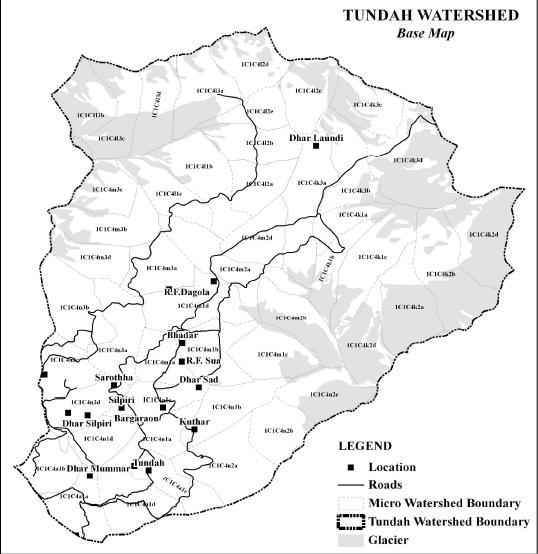/regions/arabian-sea
Arabian Sea
Let the Western Ghats be 'damned': A presentation on how dam building affects the ecology and social structure of these biodiversity spots
Posted on 29 Jan, 2013 03:19 PMThese global biodiversity hotspots in the country, extraordinarily rich in plant and animal species, are being submerged in the name of development and growth. An overview of the dams built and proposed in this area.
Delhi’s draft water policy released - Roundup of the week’s news (January 21 -27, 2013)
Posted on 28 Jan, 2013 08:14 PMDelhi’s draft water policy
The forgotten and fading Mithi river of Mumbai: A comic strip depicting its state
Posted on 17 Jan, 2013 09:25 AMTraditional diversion-based phad irrigation systems help mitigate risk of crop failure in the drought-prone farmer suicide belt of Vidarbha, Maharashtra
Posted on 11 Jan, 2013 11:56 AMMany of these systems (1) continue to function and are often more sustainable, cost-effective and successfully managed by local institutions. Phads are one such community-based and managed diversion irrigation management system (2) prevailing in the north-western part of Maharashtra and date back to the early 16th century as per historical accounts. The system is prevalent in the Tapi basin on rivers the Panjhra, Mosam and Aram in Dhule and Nashik districts (3).
Phads or diversion-based irrigation systems, are being revived and promoted in Vidarbha region of Maharashtra by Dilasa, a Yavatmal-based voluntary development organisation (Video courtesy: Dilasa)
On the Sabarmati riverfront: Urban planning as totalitarian governance in Ahmedabad, Gujarat – An article in EPW
Posted on 10 Jan, 2013 07:05 PMAjit Pawar reinstated as Maharashtra deputy CM, despite being involved in a multi-crore irrigation scam - Roundup of the week's news (December 10 – 16, 2012)
Posted on 17 Dec, 2012 09:42 PMAjit Pawar reinstated as deputy CM of Maharashtra
Quantitative geomorphological analysis of a watershed of Ravi river basin, Himachal Pradesh, India - Paper published in the International Journal of Remote Sensing and GIS
Posted on 25 May, 2012 10:10 PM This paper published in the journal International Journal of Remote Sensing and GIS presents the findings of a study that at
This paper published in the journal International Journal of Remote Sensing and GIS presents the findings of a study that at
Privatisation of urban water supply in Khandwa, Madhya Pradesh - An update from Manthan Adyayan Kendra
Posted on 09 May, 2012 09:53 AMStartling conditionalities
Effects of industrial and agricultural activities on properties of groundwater - A paper published in the Bulletin of Environment, Pharmacology & Life Sciences
Posted on 05 May, 2012 03:24 PMThe main sources of groundwater contamination are industrial, municipal and agricultural wastes (both solid and liquid), rocks, sludge and slimes, refuse, pesticides, herbicides, effluents from livestock and poultry farms. Many pollutants are even able to penetrate into groundwater aquifers.
Viability of Clean Development Mechanism (CDM) projects in India: Study of Chanju CDM project in Chamba district,Himachal Pradesh
Posted on 03 May, 2012 06:30 PMThe present paper is an attempt of the researcher to make a comparative analysis between the expected benefits received by the executing agency under CDM and the actual benefits people are expected to receive from Chanju-I Hydro Electric Project.
